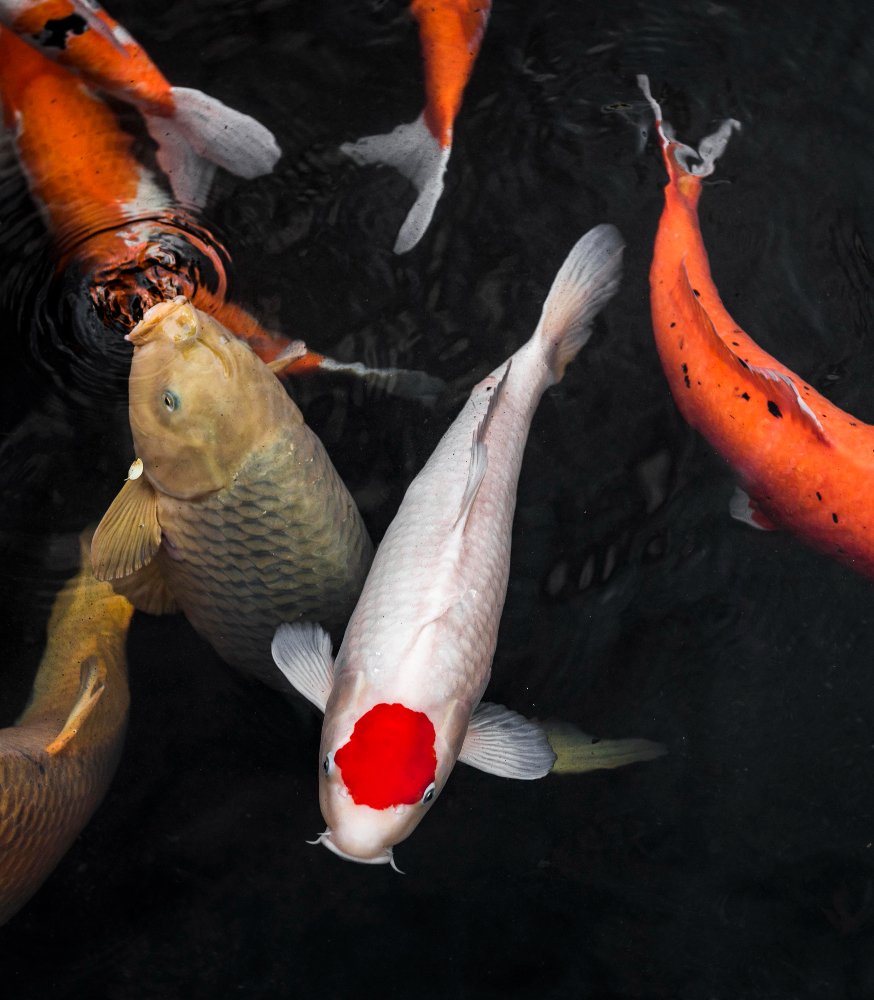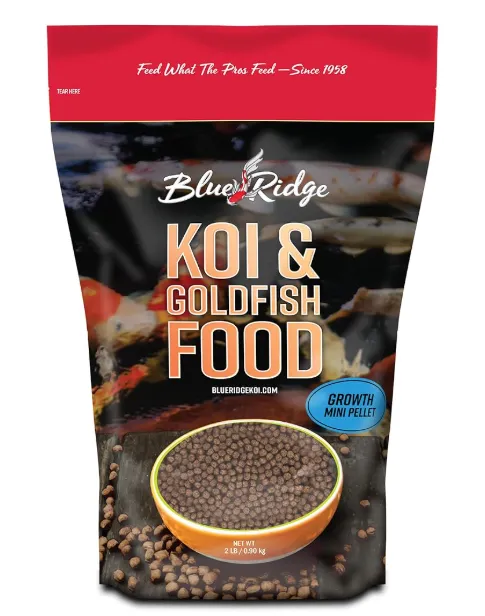

Koi Fish Size: A Comprehensive Guide to Growth and Care
Koi fish size, Koi fish are mesmerizing aquatic companions, known for their dazzling colors and serene demeanor. But their size? That’s a whole other fascinating chapter. If you’re curious about how big koi fish can grow and what influences their growth, you’ve come to the right place. Let’s dive into the world of koi fish size and discover the secrets to raising these gentle giants.
What Makes Koi Fish Unique?
Origins and Symbolism
Koi fish, descendants of the common carp, have been celebrated in Japanese culture for centuries. They symbolize strength, perseverance, and prosperity, making them a cherished addition to ponds worldwide.
Popular Koi Varieties and Their Sizes
From Kohaku to Showa, each variety of koi boasts unique patterns and growth potential. While most koi reach an average of 24 inches, jumbo koi can grow to an impressive 36 inches or more.
How Big Do Koi Fish Get?
Average Sizes of Koi Fish
In well-maintained ponds, koi typically grow to 12-24 inches. However, factors like genetics, environment, and diet can push them beyond these limits.
Record-Breaking Giants
The largest koi ever recorded measured a staggering 48 inches and weighed over 90 pounds! While not every koi will achieve such grandeur, proper care can help them reach their maximum potential.
Factors Influencing Koi Fish Growth
Genetics and Selective Breeding
Certain breeds, like Jumbo Koi, are genetically predisposed to grow larger. Breeders selectively enhance traits like size, color, and pattern to create koi that stand out in any pond.
Pond Size and Environment
Koi need ample space to grow. A spacious, clean pond with at least 3 feet of depth provides the ideal environment for healthy growth.
Water Quality and Temperature
Consistently clean water and stable temperatures encourage optimal growth. Regular maintenance of filters and monitoring water pH levels are crucial.
Nutrition and Feeding Practices
A protein-rich diet with high-quality koi pellets is essential. Seasonal feeding adjustments—lighter in winter, heavier in warmer months—ensure they get the right nutrients year-round.
Understanding Koi Fish Growth Stages
1. Juvenile Stage (0-1 Year)
Koi grow rapidly during their first year, reaching up to 6-8 inches. This stage lays the foundation for future growth.
2. Sub-Adult Stage (1-3 Years)
At this stage, koi grow slower but can achieve lengths of 12-18 inches with proper care.
3. Adult Stage (3+ Years)
Most koi reach their full size by age 5, though some jumbo koi continue growing well into their later years.
Tips to Maximize Koi Fish Growth
- Invest in a Spacious Pond: A large, deep pond reduces stress and promotes healthy growth.
- Feed a Balanced Diet: Incorporate high-protein foods and occasional treats like worms or shrimp.
- Maintain Water Quality: Clean water is critical. Test regularly for ammonia, nitrites, and pH levels.
- Provide Shade and Shelter: Floating plants and shaded areas help koi thrive.
- Monitor Their Health: Regular health checks ensure no illnesses hinder their growth.
Challenges in Raising Large Koi
Overcrowding
Too many koi in one pond can lead to stunted growth. Ensure each fish has enough space to swim freely.
Disease and Parasites
Health issues like ich or bacterial infections can slow growth. Early detection and treatment are key.
Seasonal Stress
Winter dormancy or extreme heat can affect their metabolism. Adjust feeding and pond conditions accordingly.
Fun Facts About Koi Fish Size
- Longest-Living Koi: Hanako, the oldest koi, lived for 226 years and measured over 36 inches!
- Cultural Significance: In Japan, larger koi represent success and longevity.
- Natural Artists: Their vibrant patterns can become more pronounced as they grow.
Conclusion Koi Fish Size
Raising koi fish is a journey filled with beauty and growth. By understanding what influences their size and providing the right care, you can help your koi reach their maximum potential. Whether you’re a beginner or a seasoned koi keeper, the joy of watching these magnificent creatures grow is unmatched.
FAQs Koi Fish Size
- What is the fastest-growing koi breed?
Jumbo koi are bred specifically for rapid growth and can reach impressive sizes in just a few years. - How long does it take for koi to reach full size?
Most koi achieve their full size by age 3-5, though growth may continue slowly after this period. - Can koi fish outgrow their pond?
Yes, overcrowded or undersized ponds can stunt growth. Always ensure your pond is spacious enough for your koi. - What’s the best food for koi growth?
High-protein, nutrient-rich koi pellets are ideal. Seasonal adjustments, like lighter feeding in winter, also help. - Do koi fish grow bigger in warmer climates?
Yes, koi grow faster in warmer conditions, as their metabolism is more active. However, temperature consistency is essential.
You may also like
- https://giobelkoicenter.com/the-ultimate-guide-to-the-biggest-koi-fish/
- https://giobelkoicenter.com/koi-fish-lucky/
- https://giobelkoicenter.com/the-meaning-behind-koi-fish-colors/
- https://giobelkoicenter.com/the-most-expensive-koi-fish-ever-sold/
- https://giobelkoicenter.com/dumbo-ear-mosaic-guppies/
- https://giobelkoicenter.com/creating-the-perfect-habitat-for-koi-fish/
Table of Contents
Passionate about fish keeping since elementary school in the 1980s, Giovanni Carlo has dedicated countless hours to collecting and breeding a diverse array of ornamental freshwater fish. From vibrant guppies and majestic koi to striking bettas and classic goldfish, he continues to explore the fascinating world of aquatics, sharing knowledge and enthusiasm with fellow fish enthusiasts.